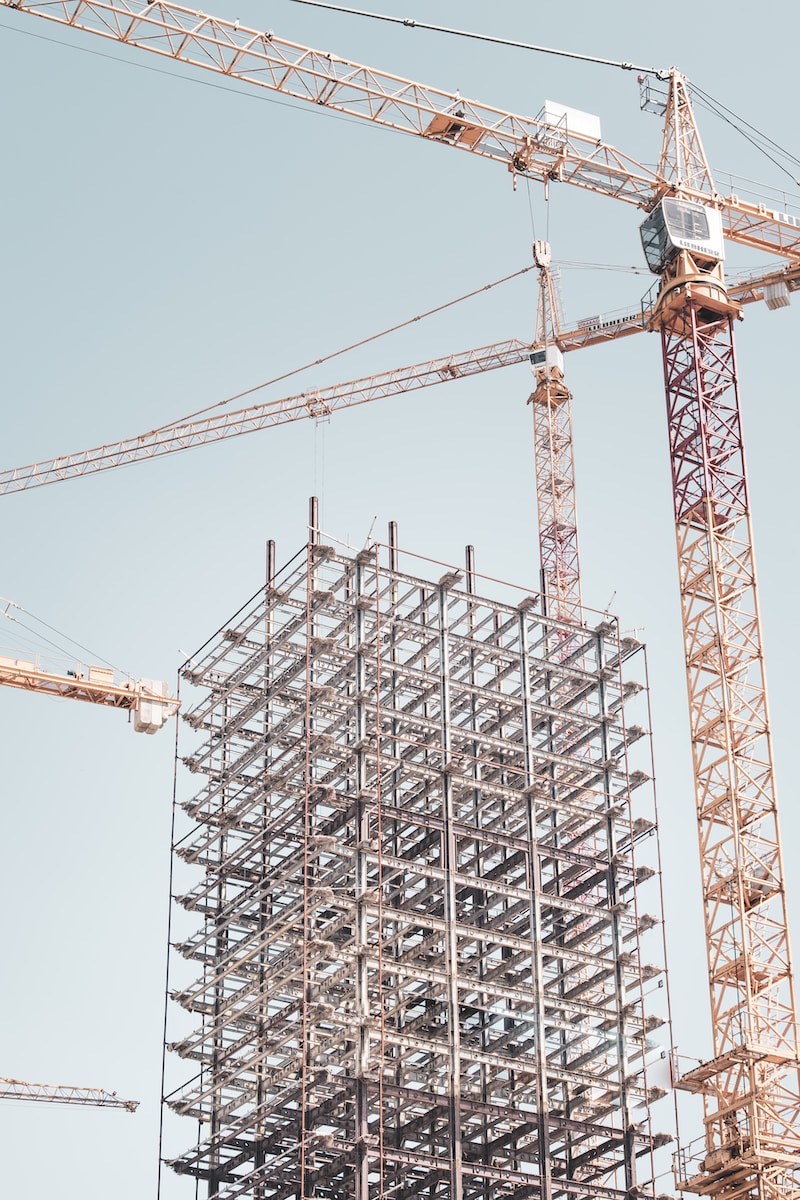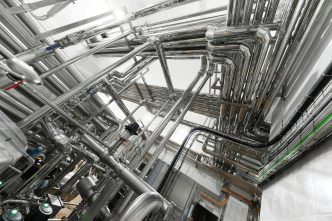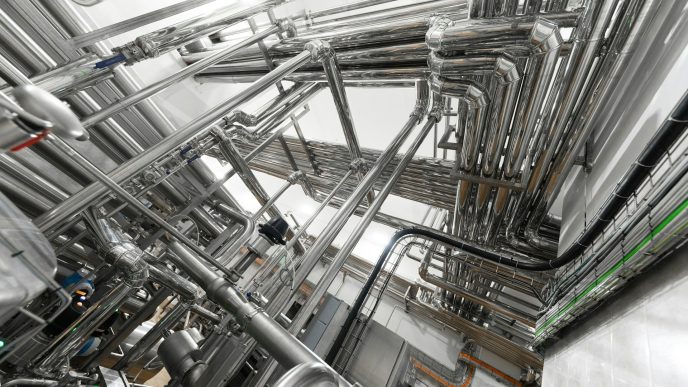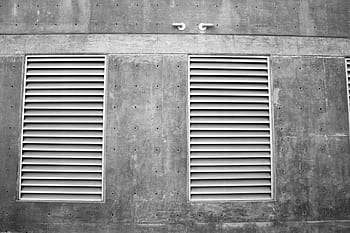In the ever-evolving realm of commerce, the foundation of success lies in innovative business strategies and the physical spaces that house these enterprises. Enter steel structures—the unsung heroes that have been quietly reshaping the commercial landscape. Gone are the days of conventional construction materials; steel has risen as the ultimate contender, driving a revolution in commercial architecture. This article explores how steel buildings are ushering in a new era of transformation in commercial sectors, from skyscrapers that touch the sky to sprawling industrial complexes that house the engines of economic growth.
The Power of Versatility
One of the key factors propelling steel dominance in commercial sectors is its unparalleled versatility. This metal can be moulded and shaped into various architectural forms, allowing designers to dream big and bring their visions to life. From sleek corporate offices to expansive retail centres, steel’s adaptability ensures that every design concept can be realized precisely, facilitating the creation of dynamic and innovative commercial spaces.
Speed to Market
In the competitive world of commerce, time is a precious commodity. Steel structures offer a significant advantage due to their rapid construction capabilities. Prefabrication and modular assembly techniques reduce construction timelines significantly, enabling commercial projects to come to fruition faster. This speed to market is a game-changer, allowing businesses to start operations sooner and capitalize on emerging opportunities without delay.
Durability and Longevity
Commercial ventures demand structures that can stand the test of time, and these structures excel in this aspect. Steel’s inherent strength and durability make it a natural choice for buildings that must withstand heavy use, adverse weather conditions, and the rigours of daily operations. The longevity of such structures translates to reduced maintenance costs and a solid investment for businesses seeking lasting value.
Architectural Freedom
The canvas that steel offers to architects is virtually limitless. The ability to create expansive open spaces, incorporate vast windows, and experiment with innovative designs has elevated the aesthetic appeal of commercial structures. Steel’s strength allows for creating large column-free interiors, offering flexibility in layout and utilization. This architectural freedom results in visually striking structures that resonate with modern design sensibilities.
Sustainability and Efficiency
Such metal structures align seamlessly with environmental consciousness in an era of paramount sustainability. Steel is highly recyclable, reducing the demand for new raw materials. Additionally, steel’s reflective properties contribute to energy efficiency by reducing the need for excessive cooling systems. The embrace of sustainable construction practices resonates with businesses’ corporate social responsibility and contributes to operational cost savings.
Accommodating Technological Advancements
The digital age has ushered in a new era of technological advancements, and these structures are perfectly poised to accommodate these changes. Steel’s adaptability allows for seamless technology integration from smart building systems to integrated communication networks. Commercial spaces can be equipped with cutting-edge amenities that enhance user experience and enable businesses to harness the complete potential of the digital landscape.
Conclusion
The dominance of steel structures in commercial sectors is a testament to the material’s transformative capabilities. Steel’s versatility, speed to market, durability, architectural freedom, sustainability, and adaptability to technology have converged to redefine how humans envision commercial spaces. From the towering skyscrapers that define urban skylines to the sprawling warehouses that house supply chains, this metal has established itself as the driving force behind commercial evolution.
As the commercial landscape continues to evolve, the role of steel buildings becomes even more pivotal. They are not just constructs of concrete and metal; they are the foundations of economic growth, the catalysts of innovation, and the canvases on which businesses paint their success stories. The steel dominance in commercial sectors is not merely a trend—it’s a blueprint for progress, a testament to human ingenuity, and a reflection of humans’ collective commitment to shaping a dynamic and prosperous future.








